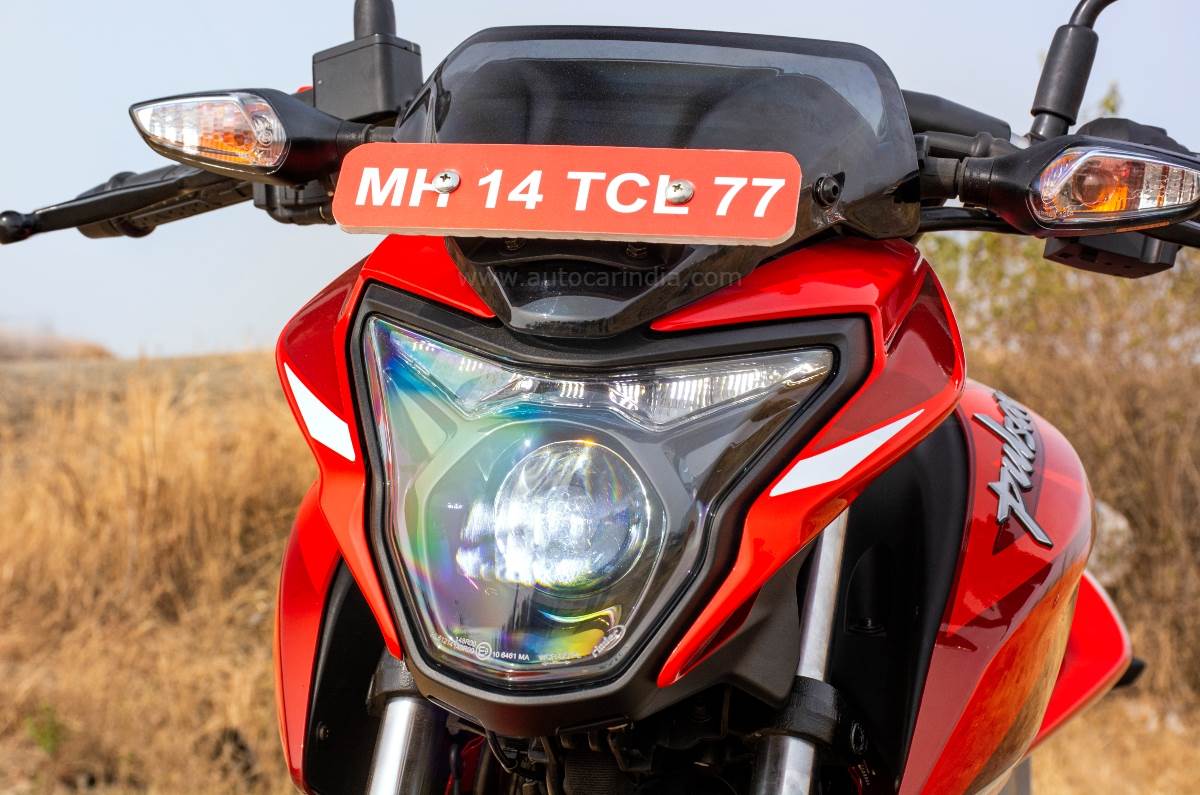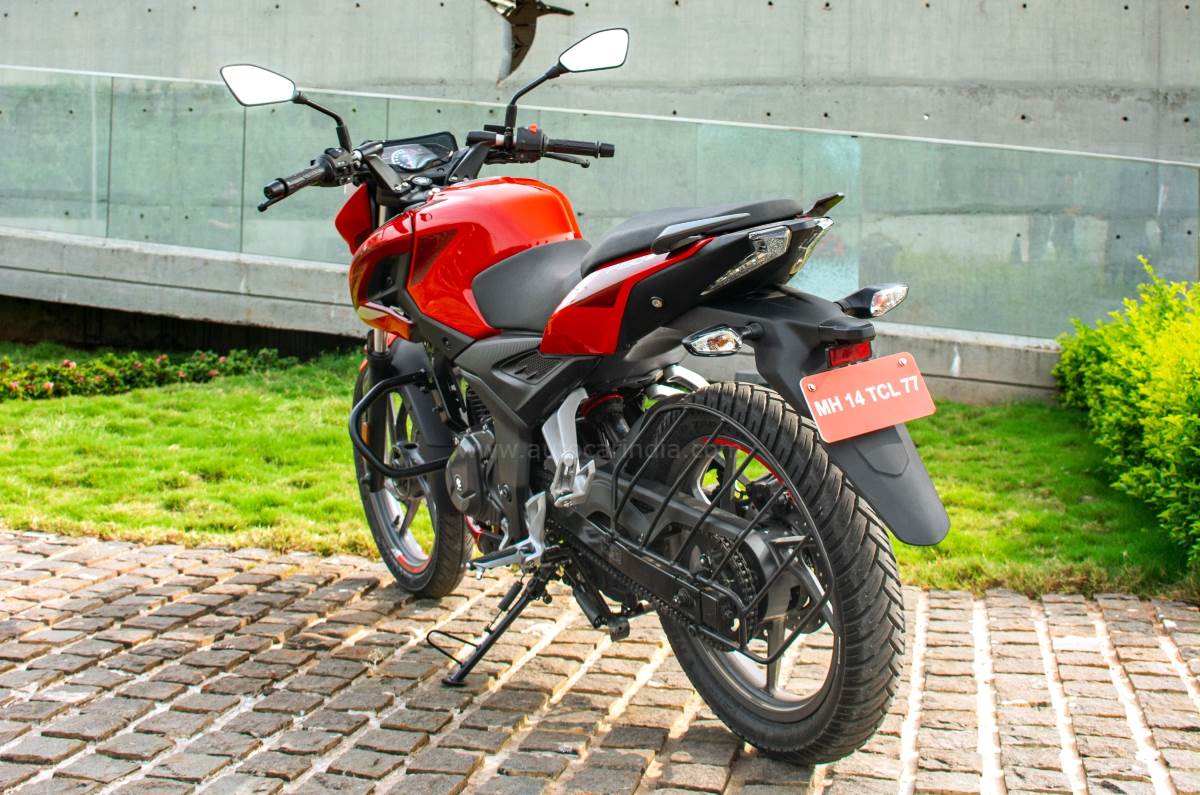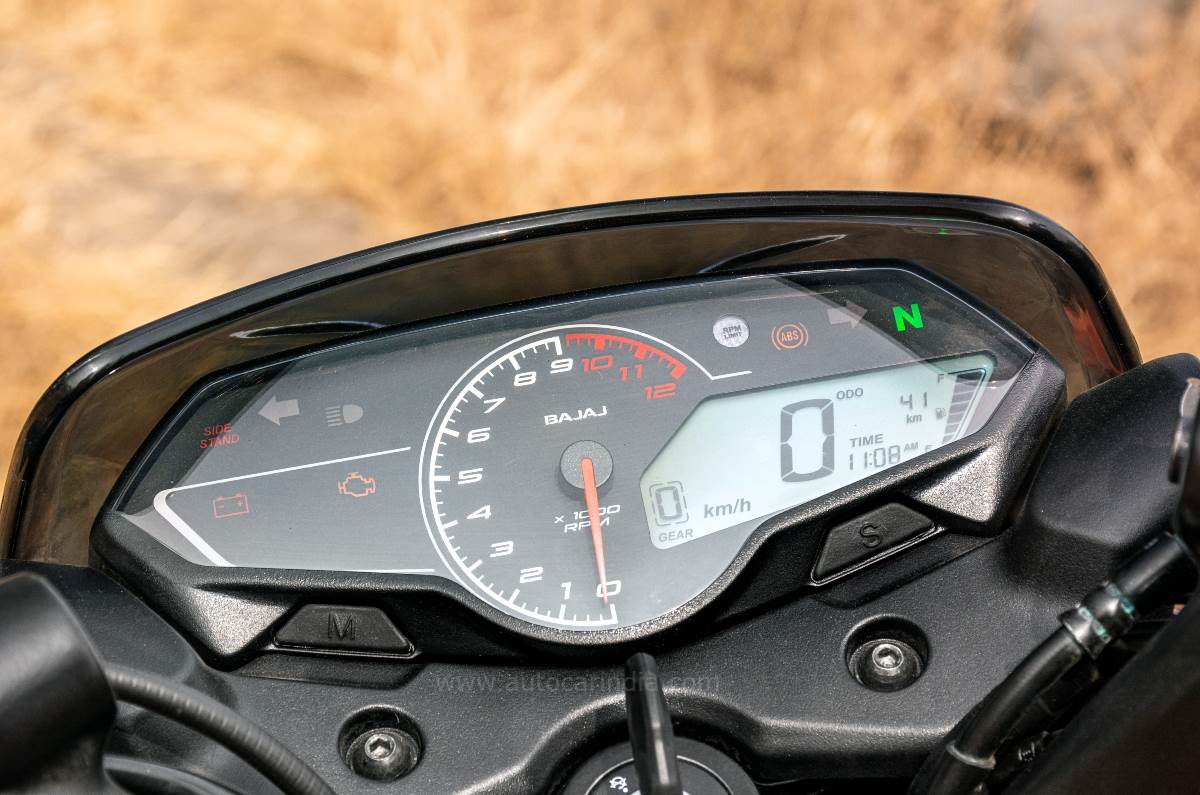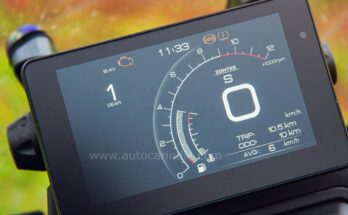The all new motorcycle that replaces the aged Pulsar 150 promises to be the most city friendly of the new age Pulsars.
The Indian automobile market is highly challenging for numerous reasons, one of them being that a lot of folks just don’t want to move on. It’s why so many ‘classic’ versions of cars remained on sale even after their much-improved replacements were launched. There are plenty of examples in the motorcycle space as well, some of the best ones being in the 150-160cc space. For example, Honda had to put significant effort into making the new-gen Unicorn look just like the old one because customers simply refused to accept the Unicorn 160 when it first came out. Another prime example is just how successful the old Apache RTR 160 2V remains in many large northern and eastern markets, and it’s why that bike continues to be on sale alongside the vastly improved RTR 160 4V.
It’s a similar story with the bike you see here. Bajaj already has the new-gen Pulsar N160 on sale, but the sheer market demand meant that the company also had to create a new Pulsar 150. And new it is, because it gets a new chassis and a different engine, all in the effort to create a bike that is more commuter friendly than the N160, while still being a little sporty.
Bajaj Pulsar P150: design
The most familiar thing about this Pulsar is that it looks very similar to the Pulsar N160 and the N250. That’s because it shares the same body panels as those two bikes, with the only difference being a different headlamp design (with an LED projector headlamp, which is nice). This time around, there’s a small cowl that shades the simple, but good-looking ‘infinity’ instrument console that debuted on the 250 Pulsars.

Projector LED headlight has good throw.
Given all the similarities, our thoughts on the new-gen Pulsar’s looks haven’t changed – it’s a nicely executed design, but one that is lacking the bulk and muscle expected of a motorcycle wearing this iconic nameplate. Nevertheless, quality and finish levels are a clear step up from the old Pulsars and more than adequate for this segment.
Bajaj Pulsar P150: new chassis
The primary objective with the Pulsar P150 was to be an easier, more comfort-oriented motorcycle than the N160, and Bajaj has gone to great lengths to achieve that objective. The chassis is a new design with the specific intention of lowering weight. At 140 kg (141kg for the dual-disc model) this bike weighs 9kg less than the older Pulsar 150 and up to 14kg less than the new Pulsar N160. Some of those weight savings have come from the chassis, some from the engine and the fact that this 14-litre fuel tank holds one litre less than the old 150.
On the move, the P150 feels very light and agile, but never nervous or skittish. This means that manoeuvrability in traffic is excellent but if you do decide to take on some corners, you’ll also find that it is a much better handler than before. Of course, it’s not a sharp and sporty thing, but the heavy and somewhat disconnected feeling of the old Pulsars has been consigned to the history books. The braking performance is adequate as well, with a dull initial bite at the front (typical of bikes in this category) but reassuring performance once you pull the lever in further.

New chassis helps keep weight low.
What I find curious is Bajaj’s decision with rider ergonomics. The split-seat variant we are riding comes with a set of clip-on handlebars and rather rear-set foot pegs that put the rider in a more committed riding position than I’d have expected. This does feel odd, given the bike’s positioning as a more comfort-oriented machine. Especially since the suspension on this bike is softer and plusher over bad roads than the N160, which happens to have a one-piece handlebar.
There is a way around this and that’s to go for the single-seat version. Apart from a different seat, it comes with a taller, flatter single-piece handlebar that puts the rider in a more upright and comfortable position (the foot pegs are more comfortably set as well). The only downside is that you get a rear drum brake (the split-seat variant gets a rear disc) and a slimmer rear tyre (100-section vs 110 on the twin disc model). Still, it’s a compromise I’d happily make for the comfort that I would expect from the more practical Pulsar.
Bajaj Pulsar P150: engine, performance
The P150 gets a new engine that has traces of both, the old Pulsar 150 and the new 160 but also has its differences. This air-cooled engine uses the same 56 x 60.7 bore x stroke ratio as the old Pulsar 150, but with the new architecture seen in the N160. That means it gets the new-age refinement that has become a hallmark of the new Pulsars and this motor is leagues ahead of the old Pulsar in that regard. In fact, I won’t be surprised if it’s the smoothest engine in the segment, it’s that good.

New engine pulls nicely at almost any point in the rev range.
With 14.5hp and 13.5Nm, it’s not much more powerful than the old 150 and it makes about 1.5hp/1.1Nm less than the N160. With a 0-60 time of 6.3sec and a 0-100 time of 21.13sec, the Pulsar P150 is not the fastest bike in the segment, but that doesn’t matter as much here, given its practical role as a quick and comfy urban commuter. And to the engine’s credit, that’s where it performs best.
Like the new N160, the fun is all in the low and mid-range sections. The engine pulls nicely at almost any point in the rev range and while it redlines at around 9,500rpm, you’ll never really want to go that high. This is all about effortless city performance, something that’s evidenced in the way you can ride at 30kph in fifth gear with no sign of protest from the engine. Bajaj says that its internal tests reveal an overall real-world fuel efficiency of 49kpl. That’s not far from our test results where we got 48kpl on the highway (holding speeds between 65-75kph) and 43kpl in our city test through typically dense Mumbai traffic.
Bajaj Pulsar P150: features

P150 gets the same instrument cluster as larger new-age Pulsars.
Bajaj doesn’t really lead the charge when it comes to feature-packed motorcycles, but it does tend to offer some things that are quite meaningful. The LED projector headlamp, for example, is a segment first and it works quite well, but not as well as the unit on the N160. There is no Bluetooth connectivity, but you do get a conveniently placed USB charging port as standard, and the bike comes with single-channel ABS.
Bajaj Pulsar P150: price, conclusion
The single-disc model is priced at Rs 1.17 lakh and the twin-disc at Rs 1.2 lakh (ex-showroom). Those prices make it around Rs 6000-10,000 cheaper than the Pulsar N160 and slightly more affordable than the TVS Apache RTR 160 2V – the motorcycle it is trying to beat. Whether it manages to do that is something we aim to answer soon, but our time with the P150 has revealed it to be a smooth, comfortable and enjoyable motorcycle for life in the city.
Source link


